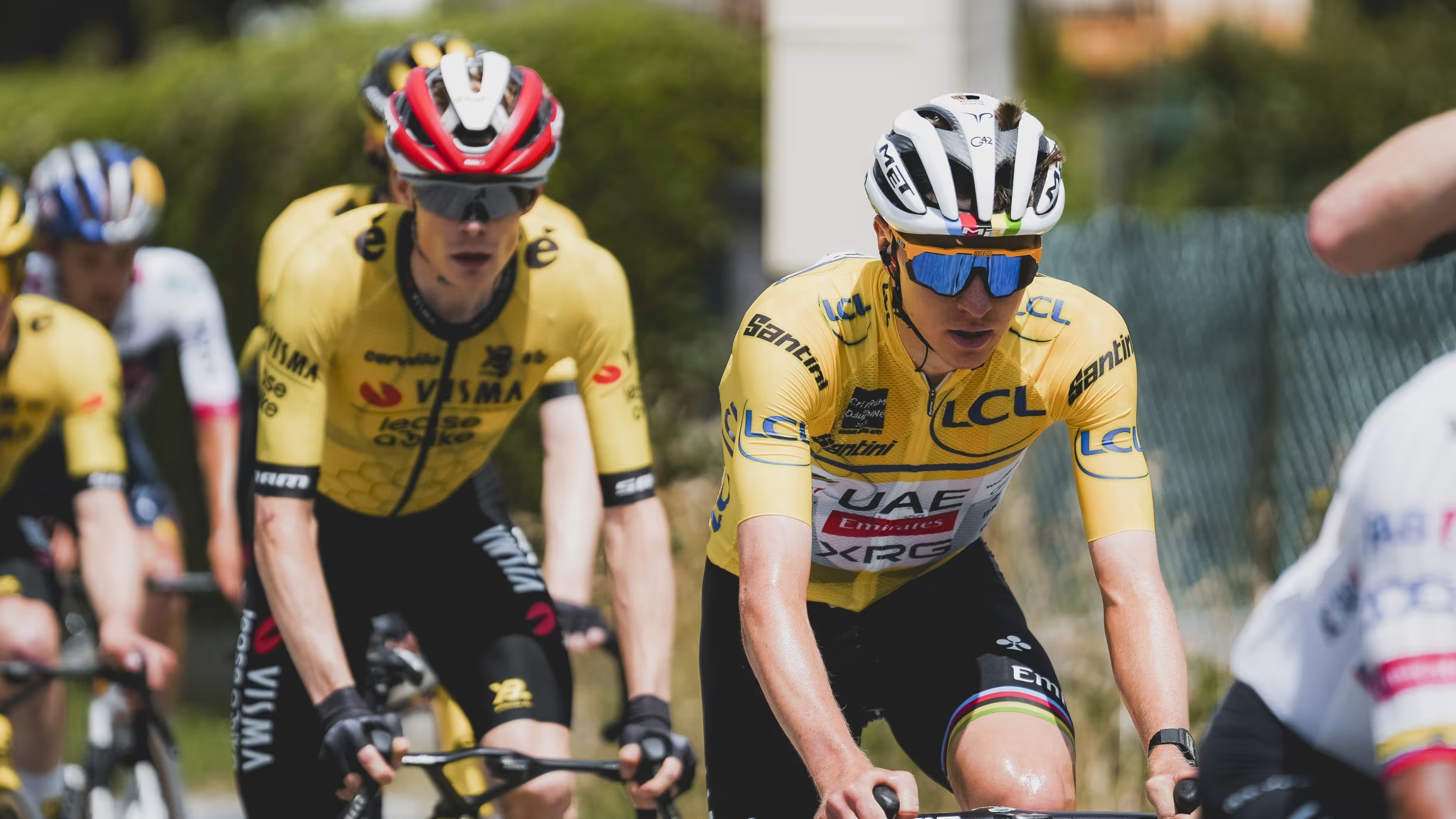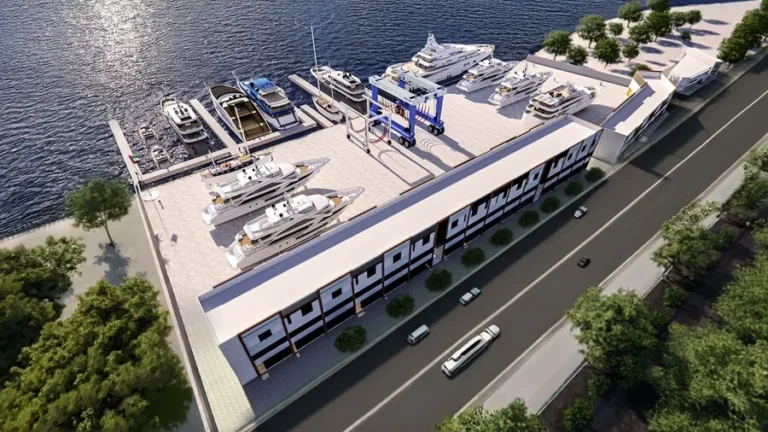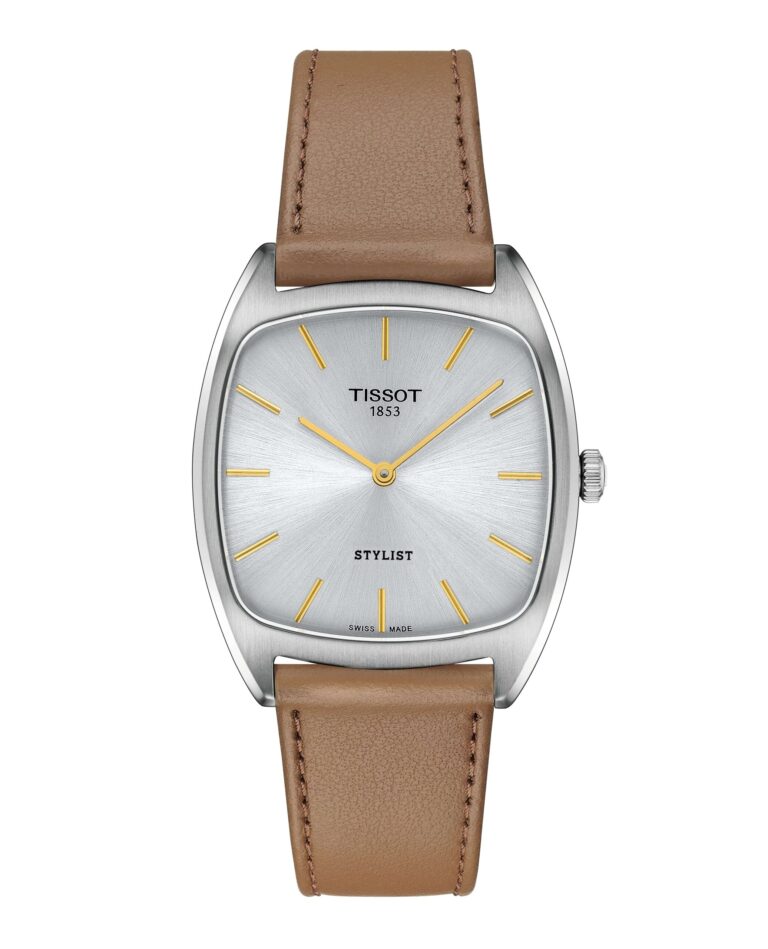The Business of the 2025 Tour de France: Economic Impact and Sponsorship Dynamics

Tadej Pogačar secured his fourth Tour de France title, closing out three weeks of racing with a dominant performance that cemented his status among the sport’s greats. The 26-year-old Slovenian, already the reigning world champion, claimed four stage wins and the yellow jersey with a margin of more than four minutes over Jonas Vingegaard. As Wout van Aert sprinted to a final-stage victory in Paris, the conclusion of the 112th edition of the Tour underscored not only elite athleticism but also the growing economic and technological weight of the world’s most-watched cycling event.
What began as a grueling endurance race through France’s varied terrain has evolved into a global business engine. With 3.5 billion cumulative viewers, EUR 955 million in regional economic output and major corporate partners activating across every stage, the 2025 Tour exemplifies how sport, commerce and innovation increasingly intersect. Beyond the podiums and jerseys, the Tour now operates as a complex platform for strategic sponsorships, urban revitalisation, sustainability pilots and live data-driven media experiences — placing it firmly in the vanguard of international sports events.


A EUR 955 Million Economic Engine
The Tour de France remains a powerful economic driver for host regions and sponsors alike. According to the French Ministry of Sports, the 2024 edition of the Tour generated over EUR 955 million in economic benefits, spread across accommodation, local tourism, logistics, security, infrastructure upgrades and hospitality spending. This figure is expected to remain stable or increase slightly in 2025, bolstered by improved spectator mobility and expanded viewing access across rural areas.
Each stage town can see an immediate economic injection of up to EUR 1.5 million in a single day, while long-term benefits come in the form of international media exposure and improved infrastructure. The 2025 route, which included a final time trial from Monaco to Nice due to Paris 2024 Olympics-related scheduling, offered southern French cities and smaller Alpine villages a rare opportunity to showcase their appeal to a global audience.

Sponsorship Dynamics in a Crowded Global Sports Calendar
With over 3.5 billion cumulative viewers across traditional TV and streaming platforms, the Tour de France represents a high-stakes arena for brand visibility. Title sponsor LCL, alongside brands like Skoda, Continental and Leclerc, continue to treat the Tour as a cornerstone activation within broader European and global marketing strategies.
For teams, sponsorship remains essential for survival. In 2025, UAE Team Emirates — Pogačar’s squad — saw a 22 percent increase in brand valuation compared to 2024, reflecting the tangible commercial returns of consistent performance and media presence. Meanwhile, new entrants from the Middle East and Asia are increasingly exploring title sponsorships or logistics partnerships, eyeing cycling as a gateway into Western markets and sustainability-focused sporting platforms.
In total, more than 40 official Tour partners and suppliers were activated during the 2025 edition, spanning sectors from banking and mobility to sports nutrition and smart data. With each stage broadcast to over 190 countries and roadside branding seen by 12 million live spectators, ROI metrics continue to favour well-integrated, multi-platform campaigns.

Technology, Data and the Viewer Experience
The Tour’s technological ambitions have grown significantly over the past five years. In 2025, real-time rider telemetry, environmental sensor mapping and predictive analytics fed into live broadcasts, offering fans unprecedented insights into rider performance, fatigue levels and team strategies. Organisers ASO partnered with Accenture and NTT Data to further digitise the race, deploying cloud-based analytics to support sustainability tracking and traffic rerouting across the route.
This digital transformation is also fuelling a new era of immersive fan engagement. Augmented-reality experiences and second-screen companion apps allowed viewers to customise their race view based on favourite riders, time gaps or course elevation.
Sustainability and Environmental Accountability
For 2025, the Tour reaffirmed its commitment to cutting emissions by reducing vehicle convoys, piloting hydrogen-powered support cars and offsetting carbon from logistics transport. Several stage cities, including Grenoble and Briançon, used their hosting rights to launch clean transport campaigns and public green-space improvements. Beyond business and tech, the Tour also acts as a cultural export for France, promoting regional identity, national pride and civic unity — all while reinforcing the country’s ability to deliver world-class sporting events on a global stage.
As the cycling world celebrates Pogačar’s historic win, behind the scenes, the Tour continues to move forward at full speed. With nearly a billion euros in economic impact, a global reach that rivals the Olympics and a continually evolving tech and sponsorship ecosystem, the Tour de France in 2025 has solidified itself as so much more than a premier cycling event.
For more on the latest in culture and events, click here.
The post The Business of the 2025 Tour de France: Economic Impact and Sponsorship Dynamics appeared first on LUXUO.





